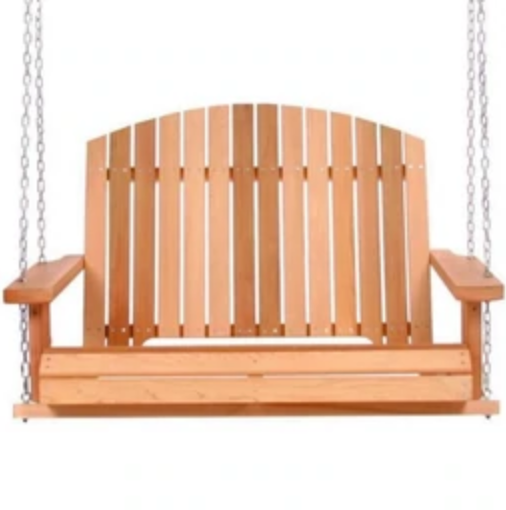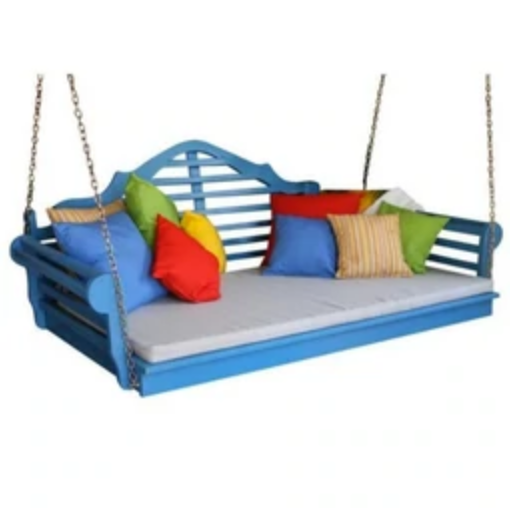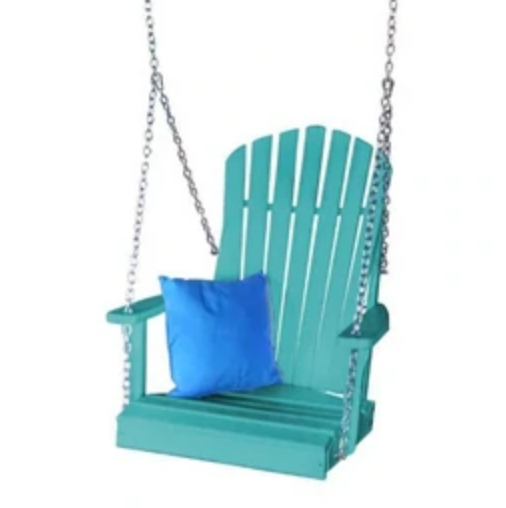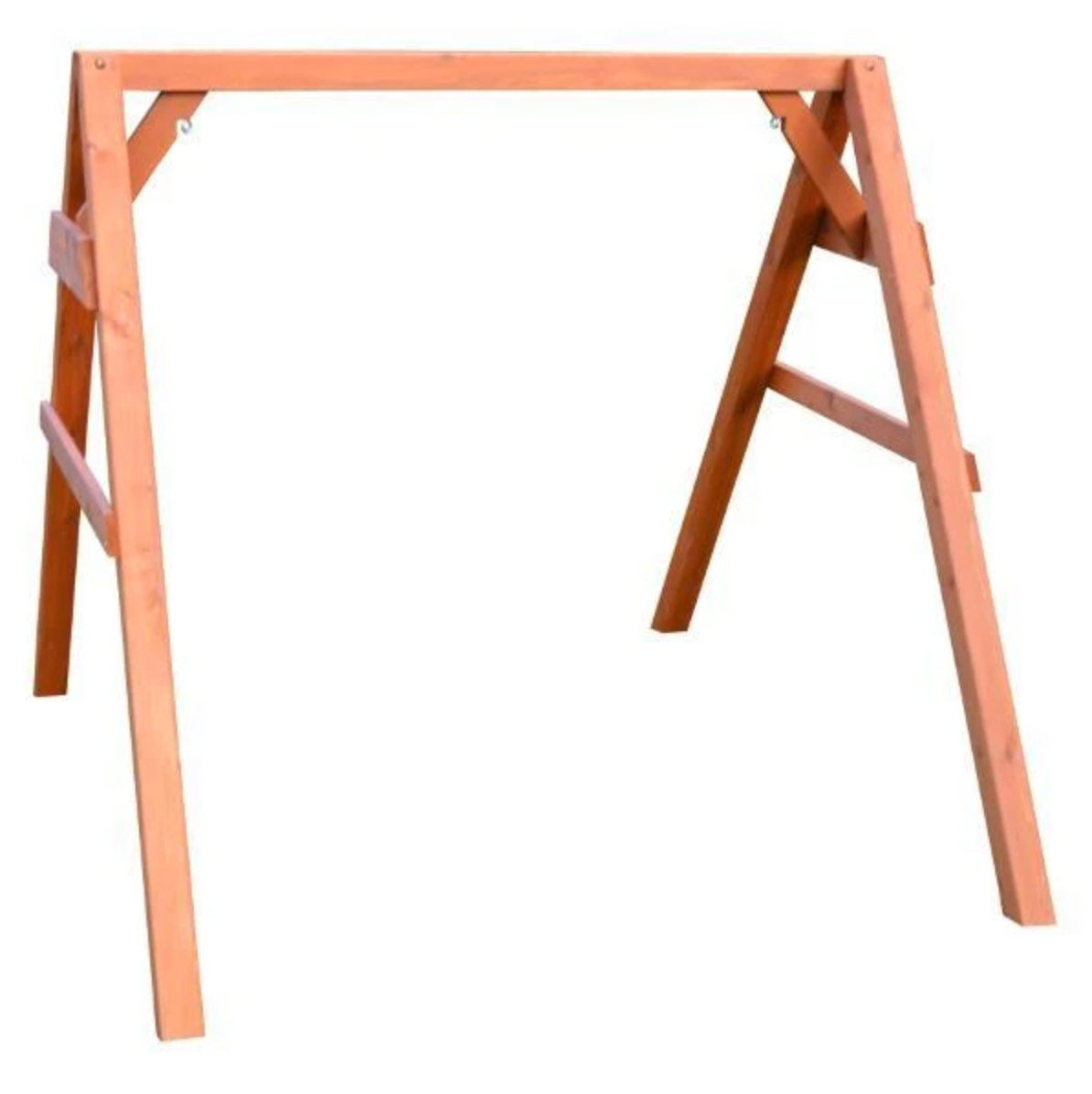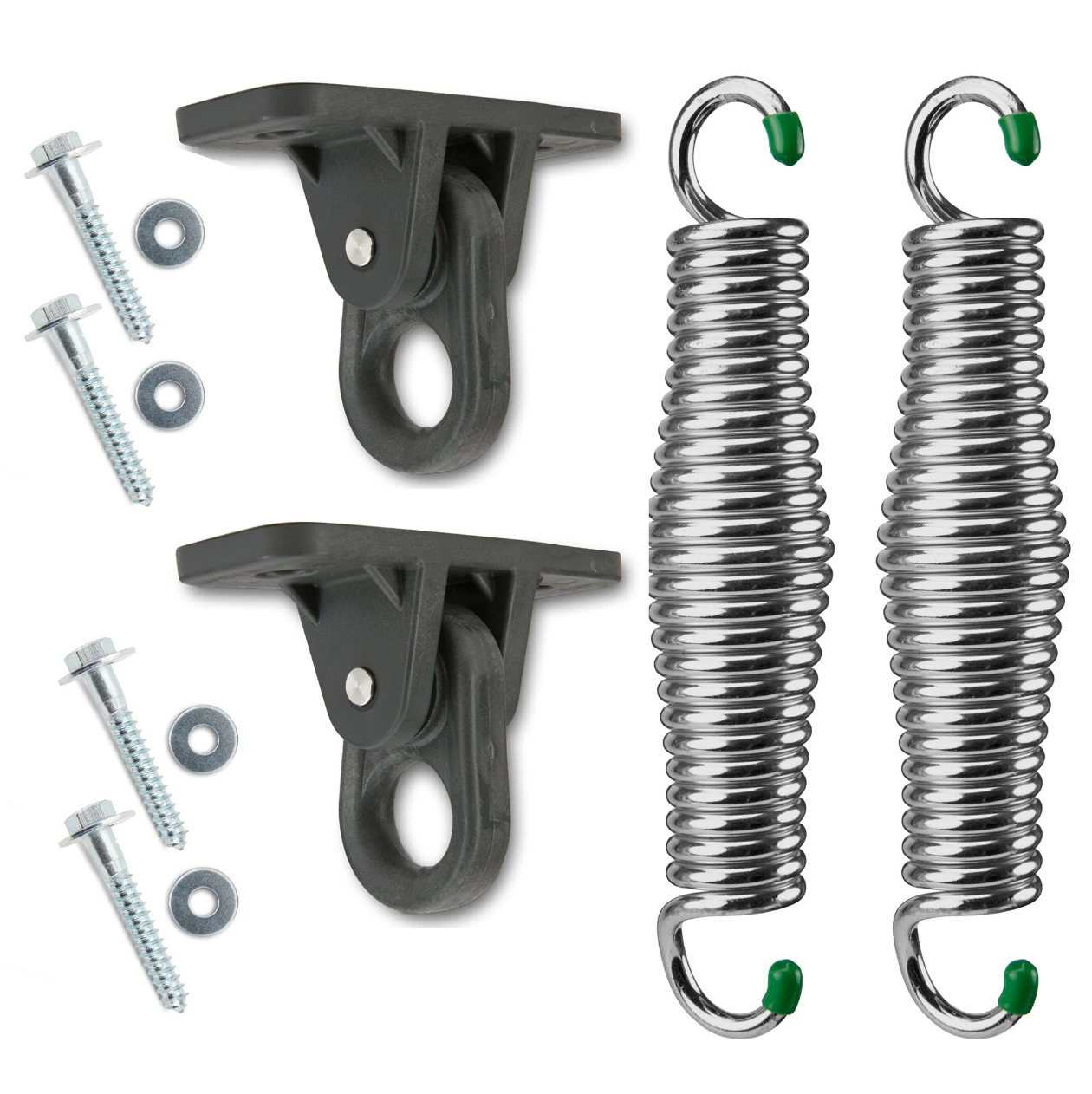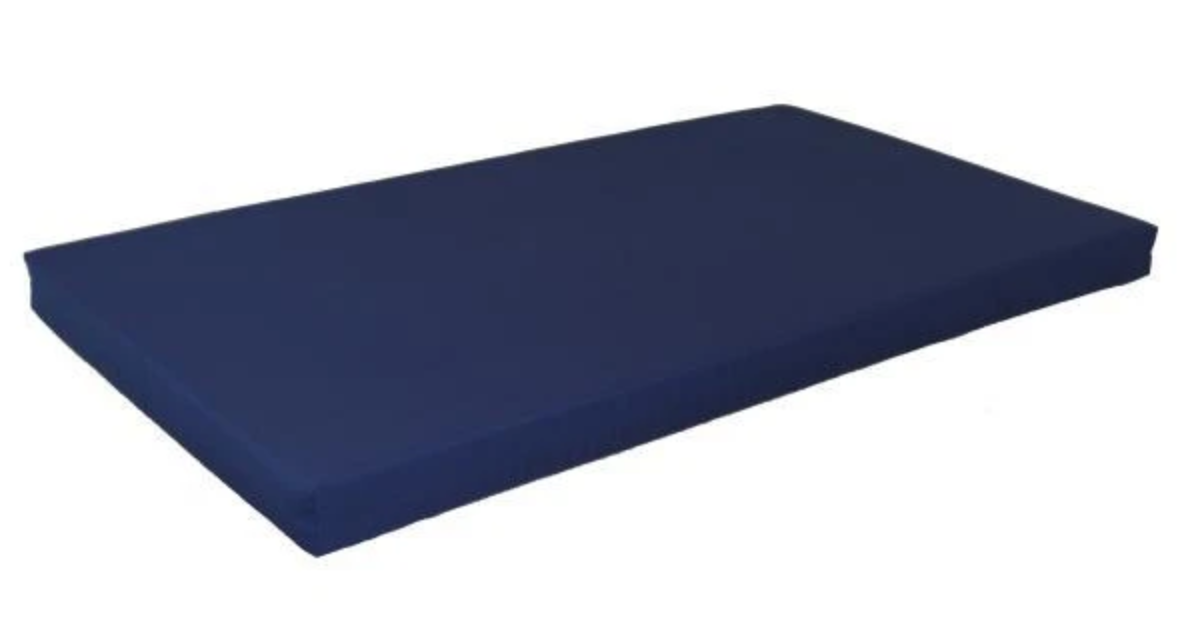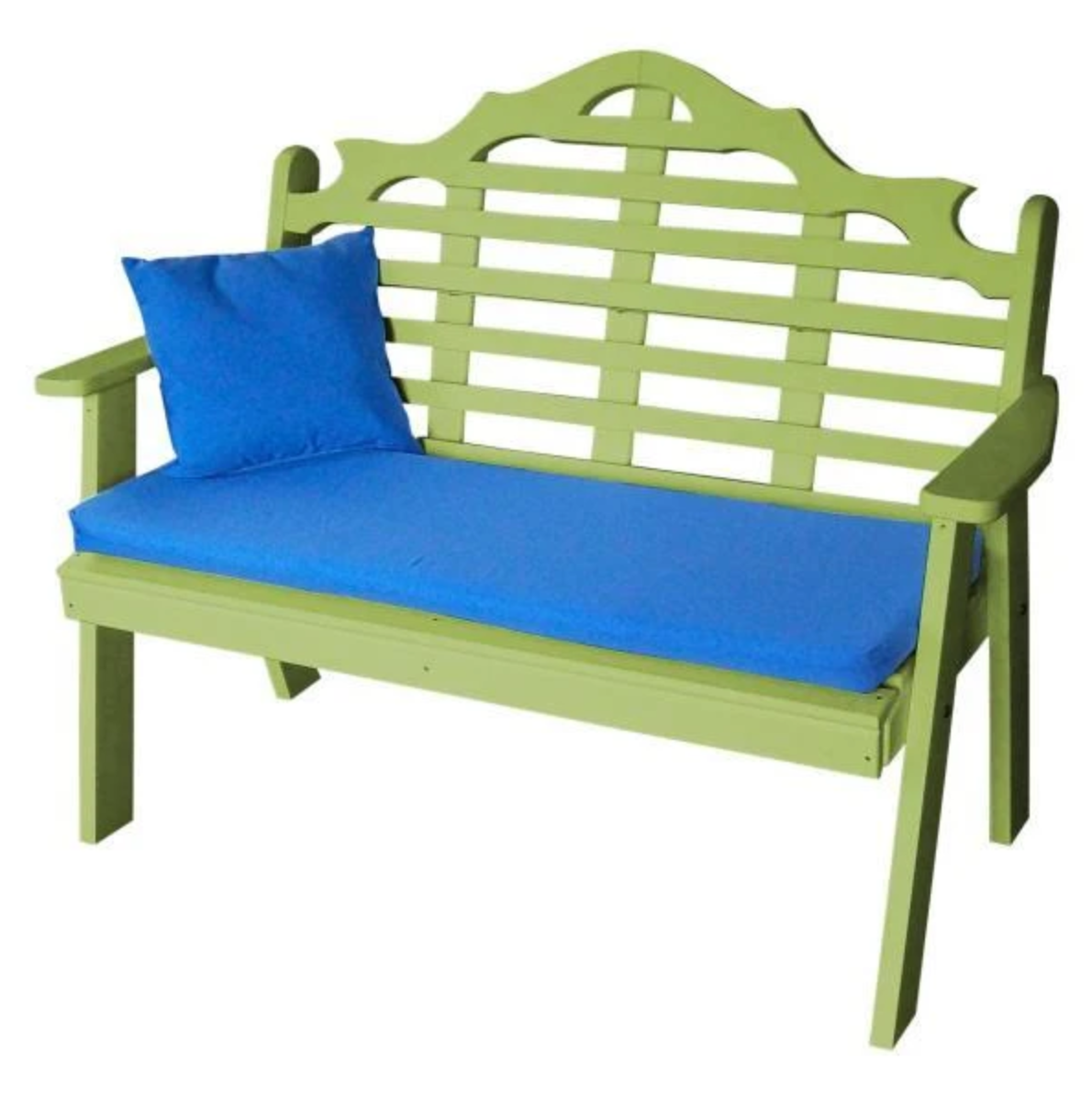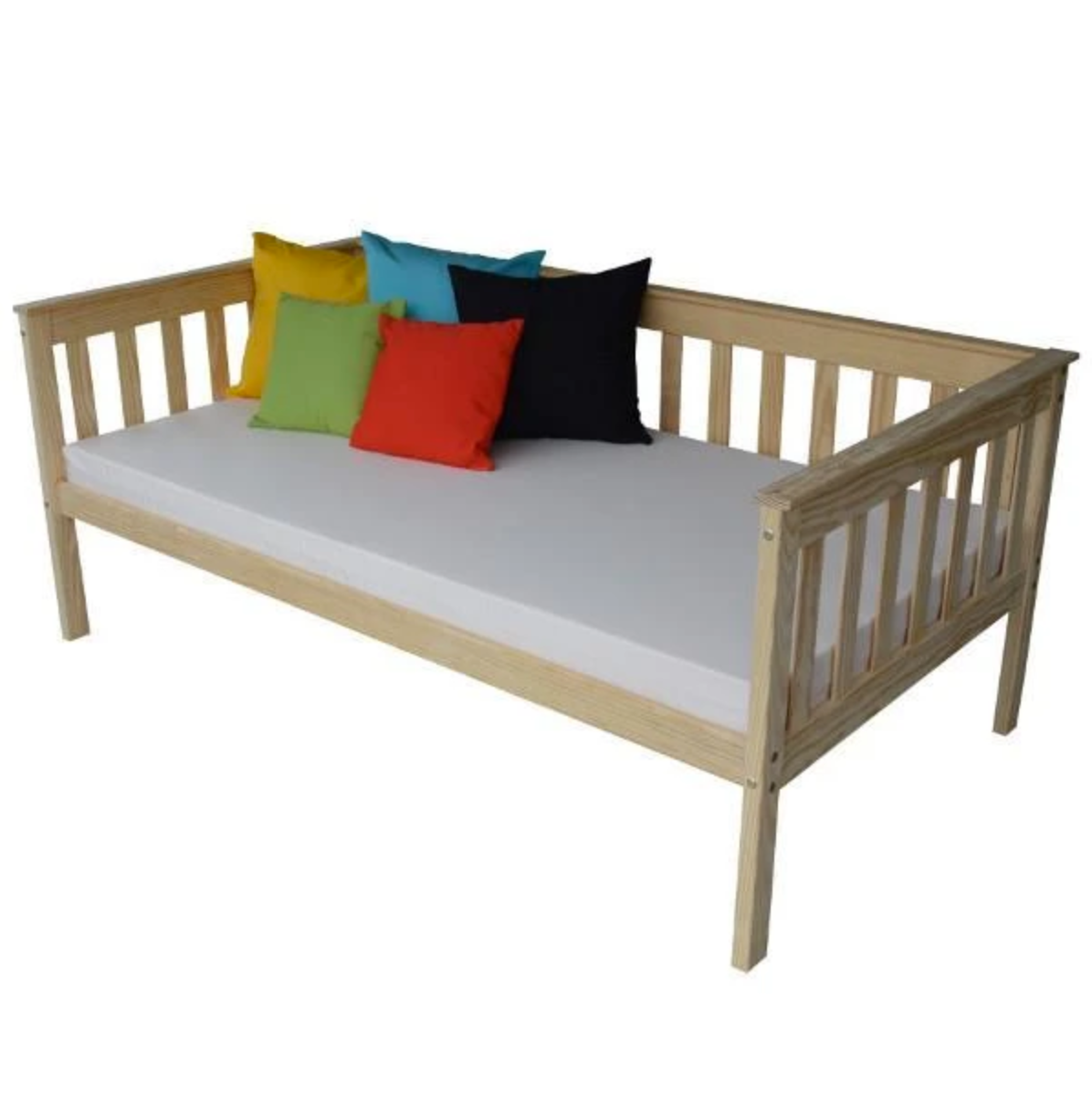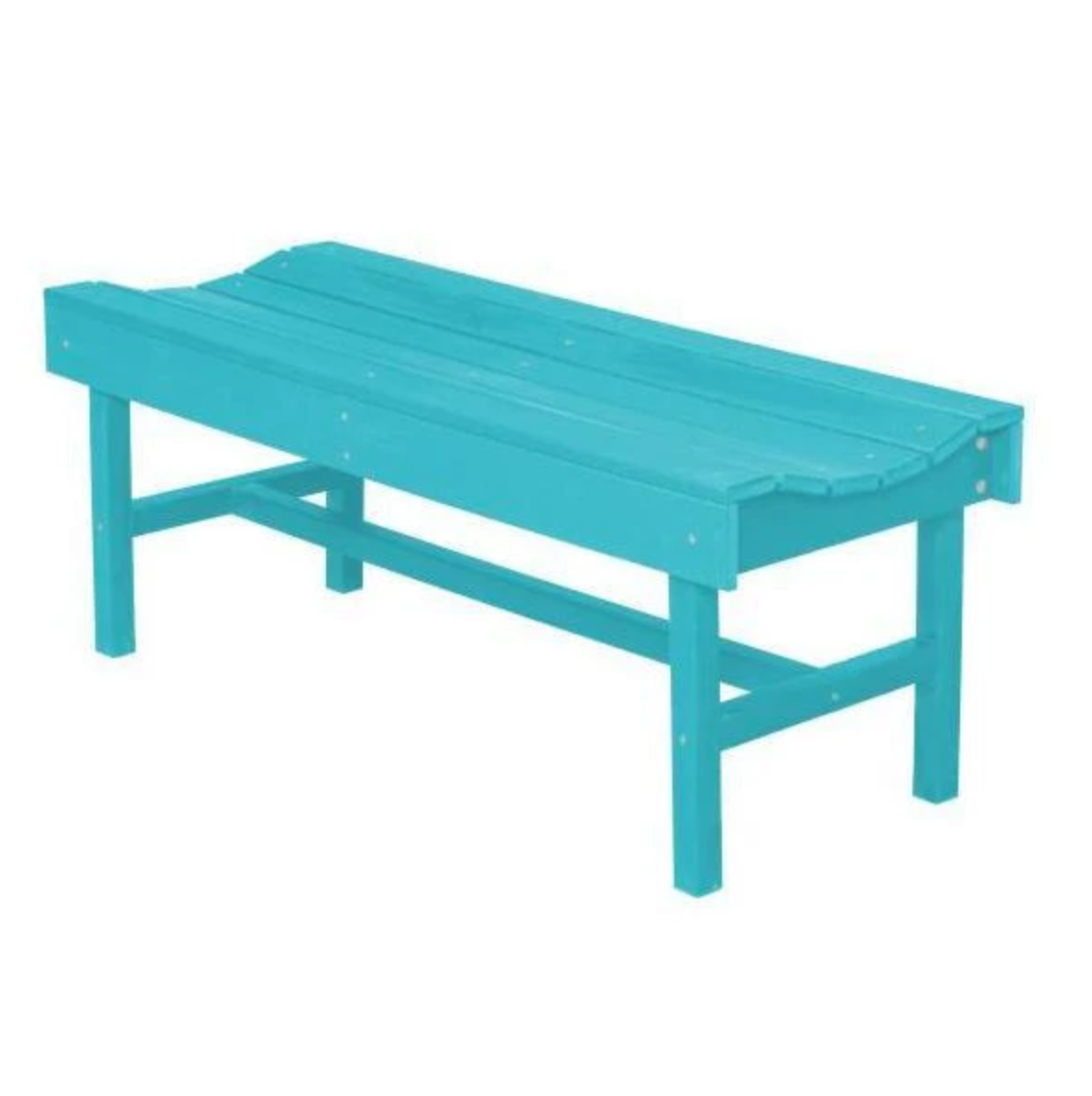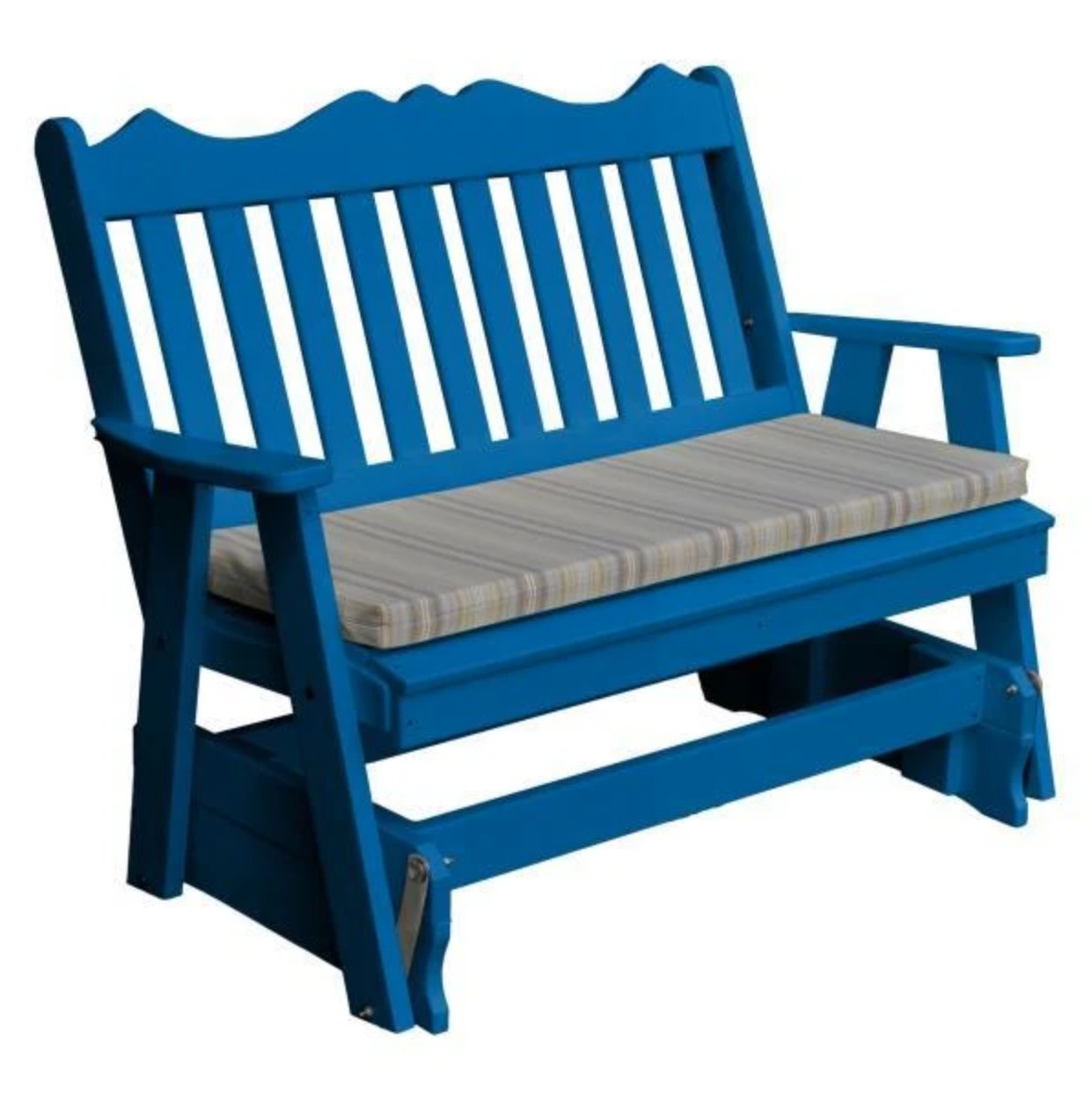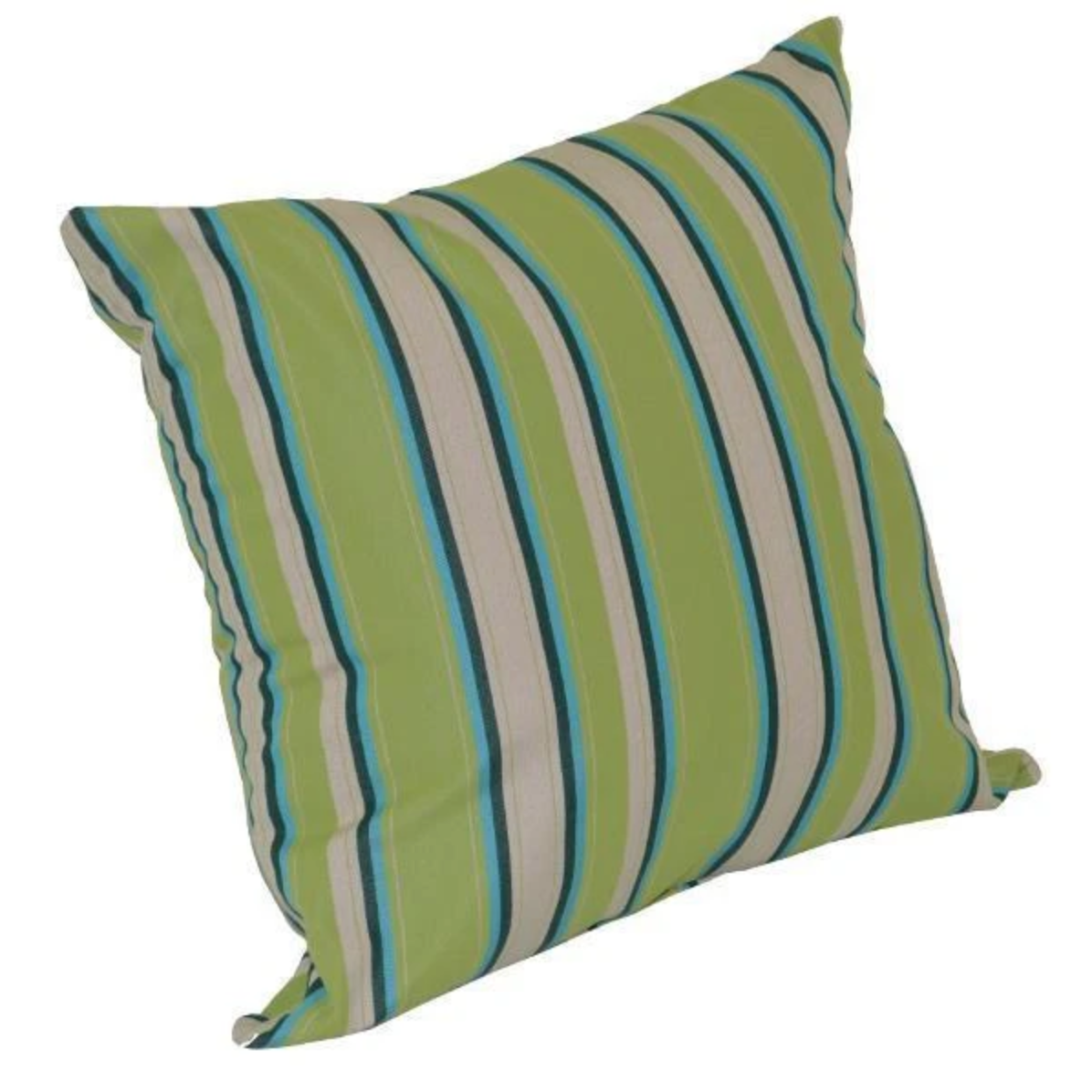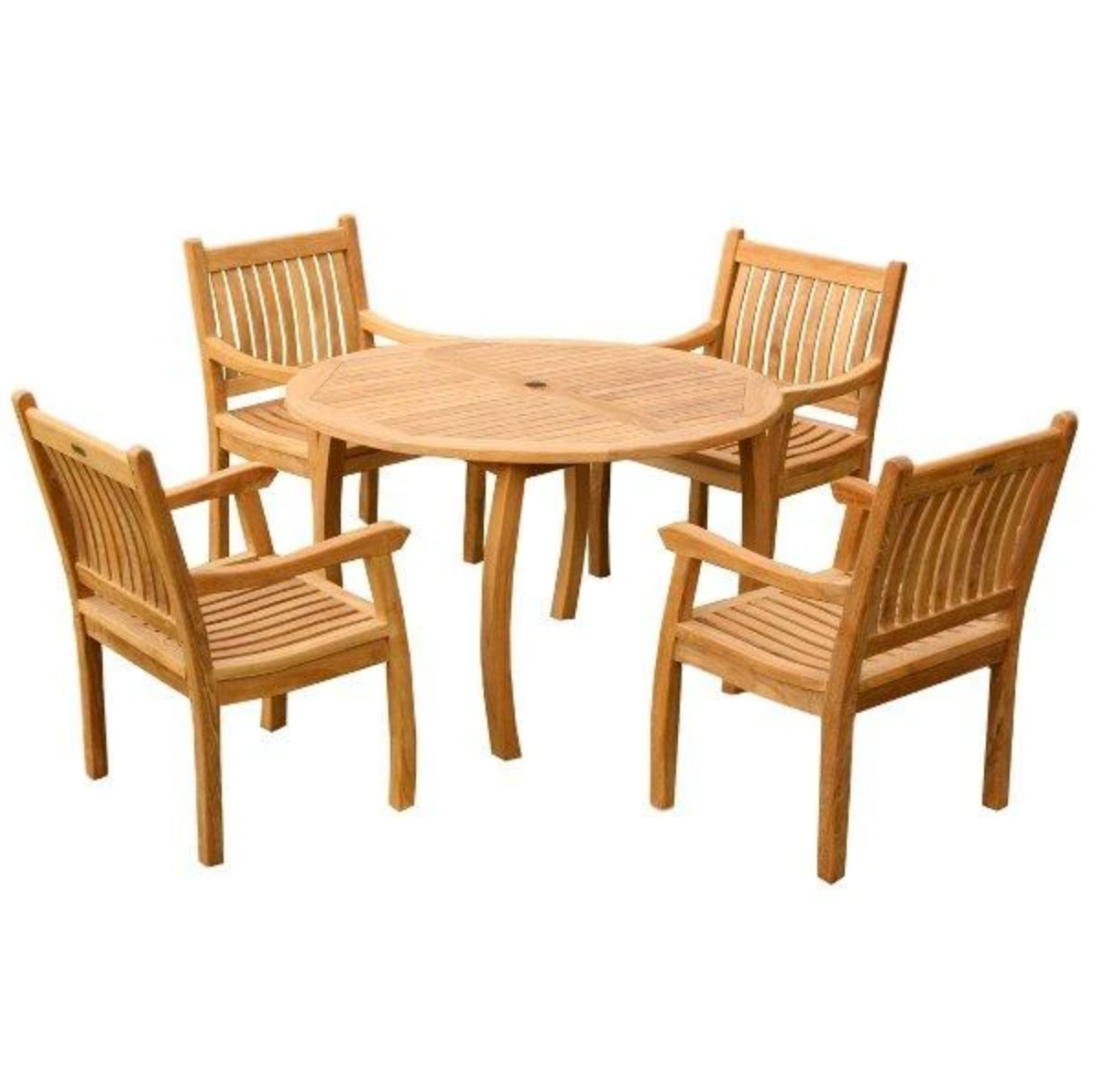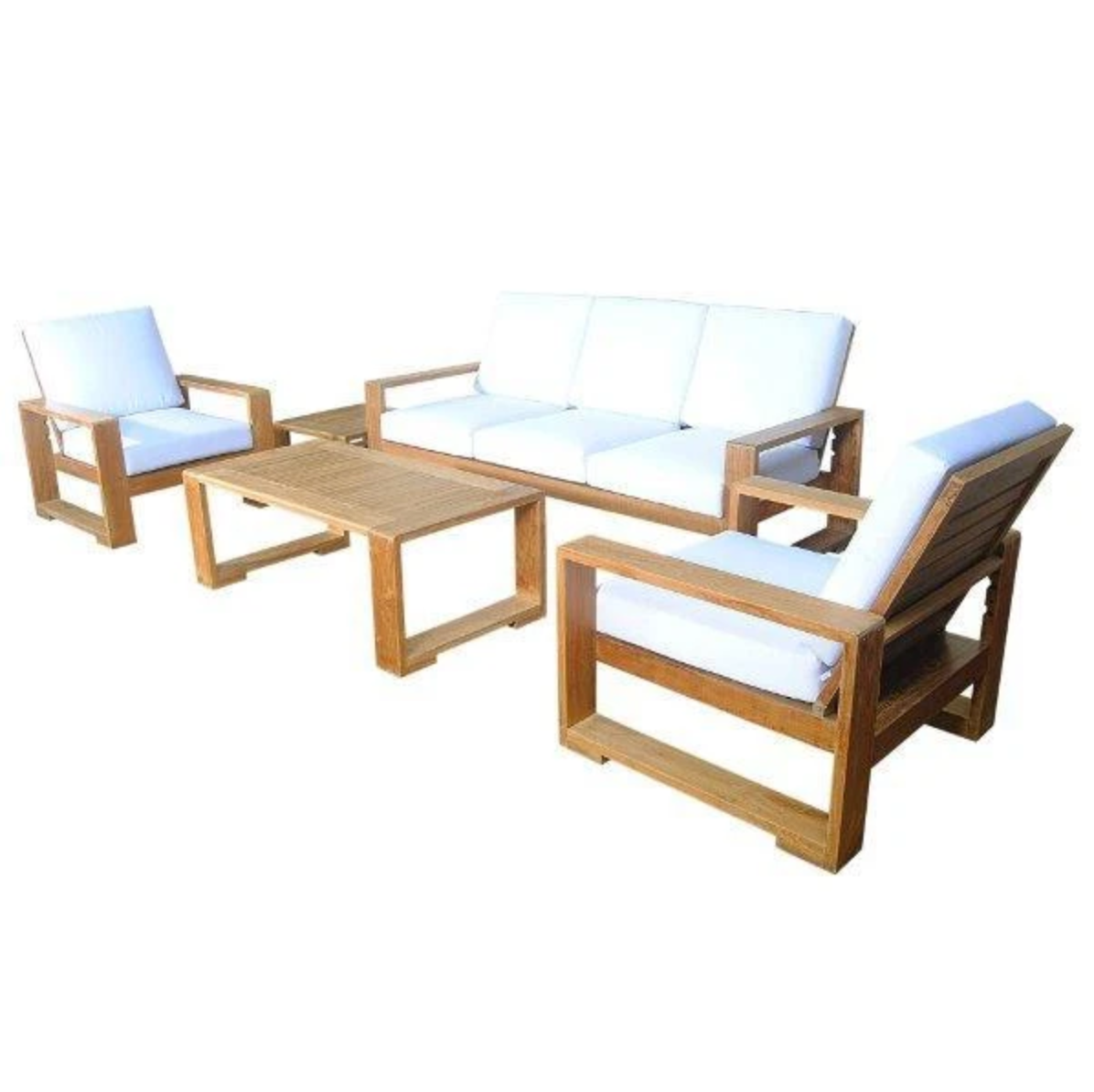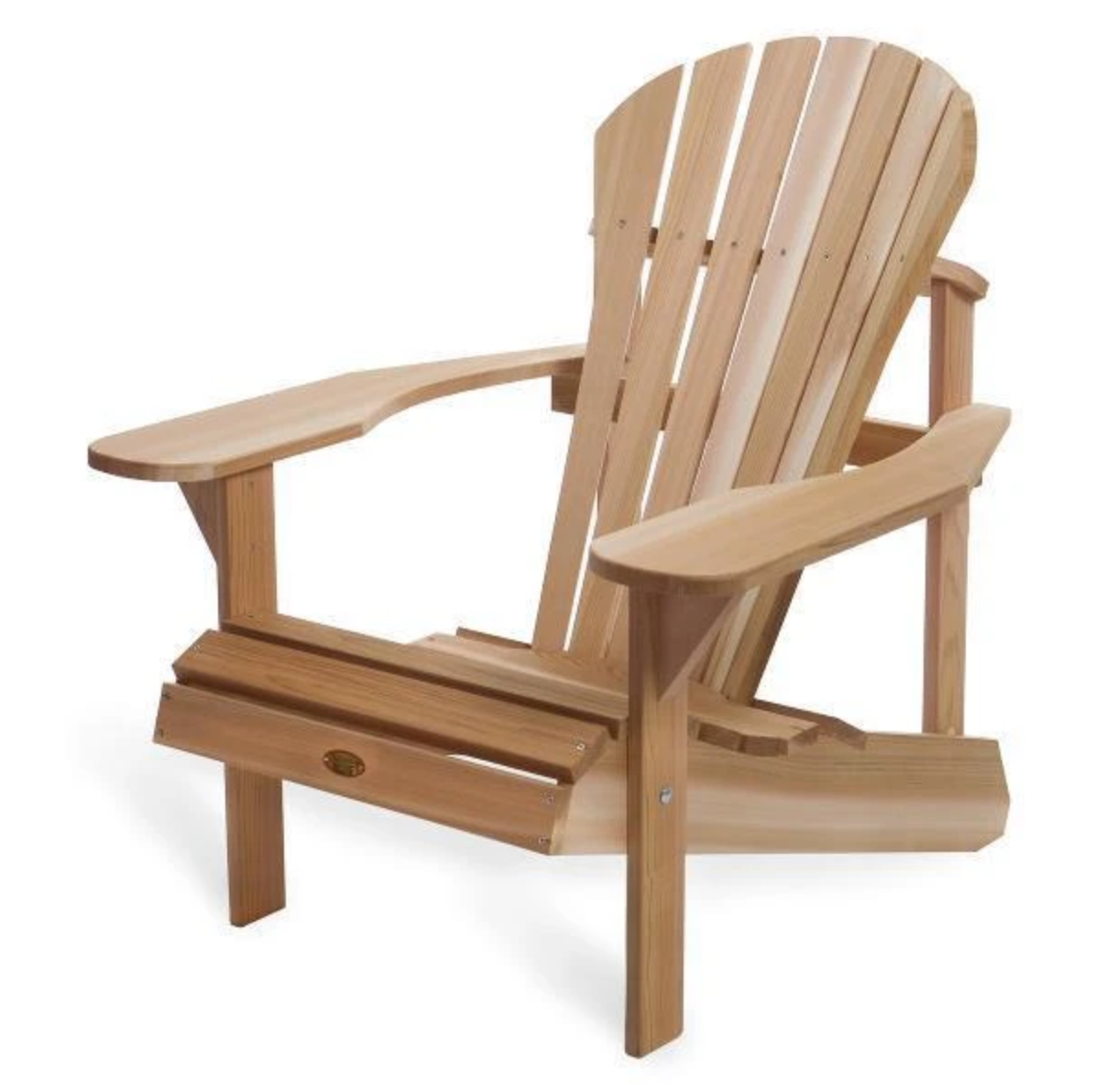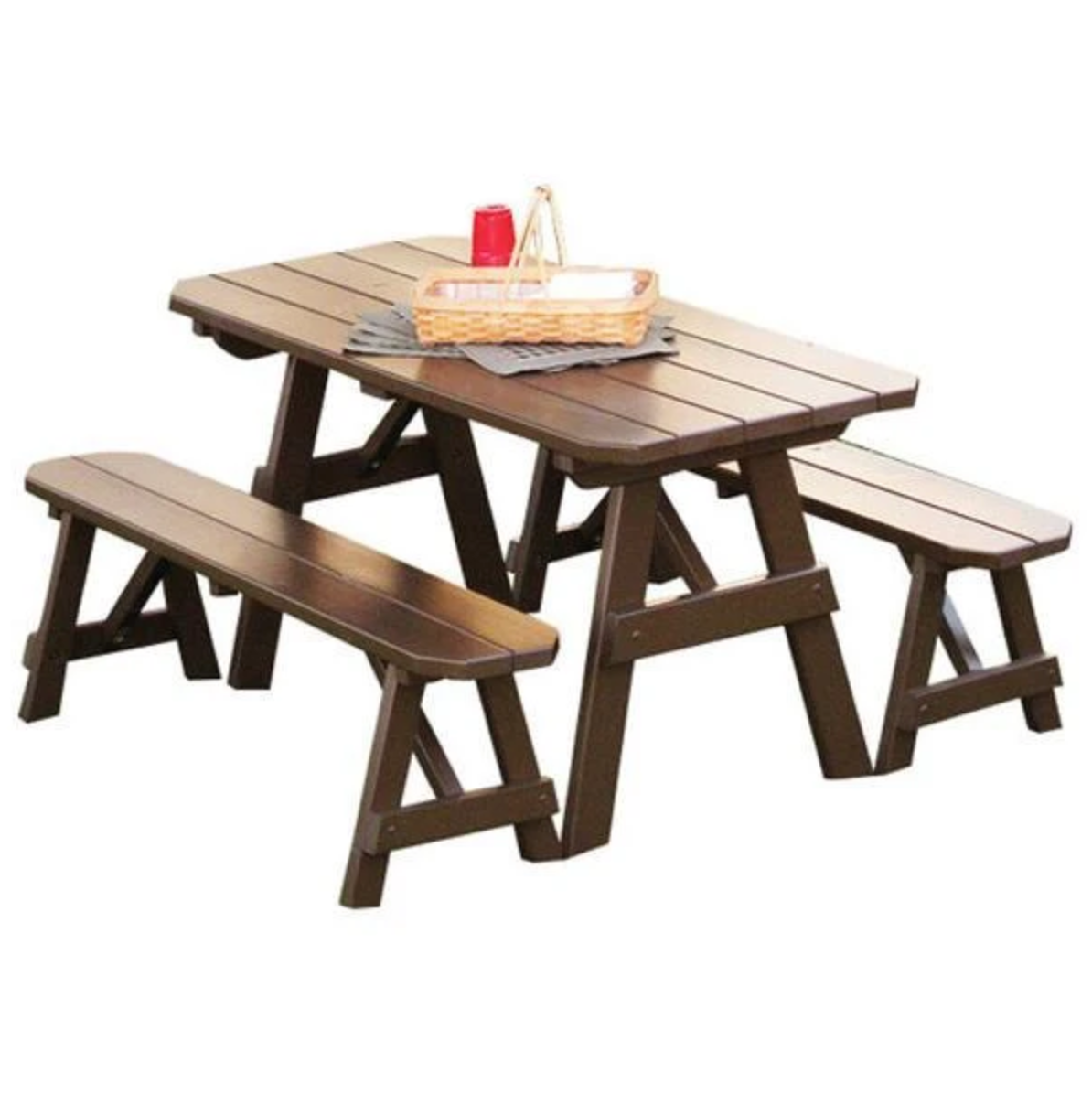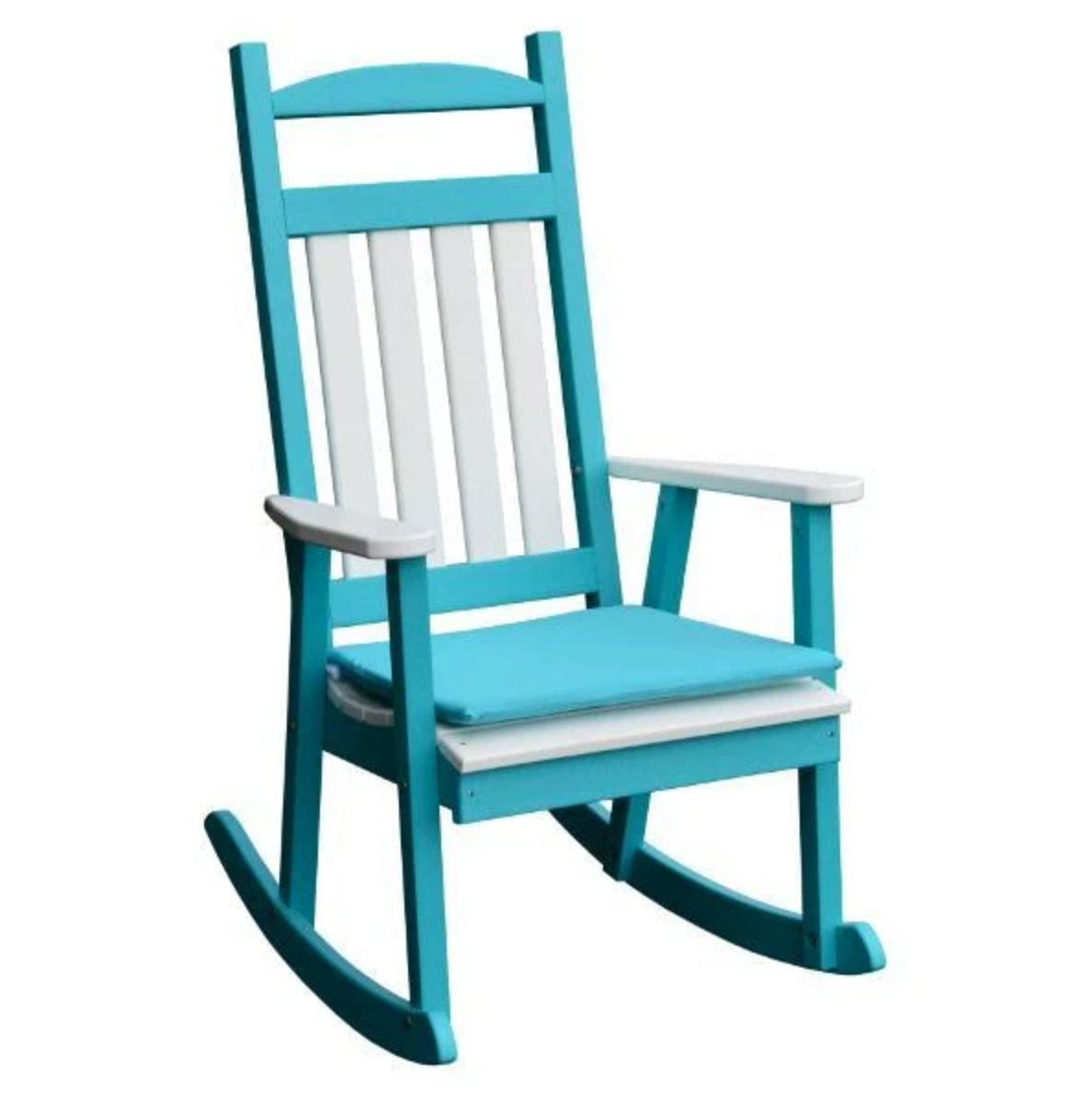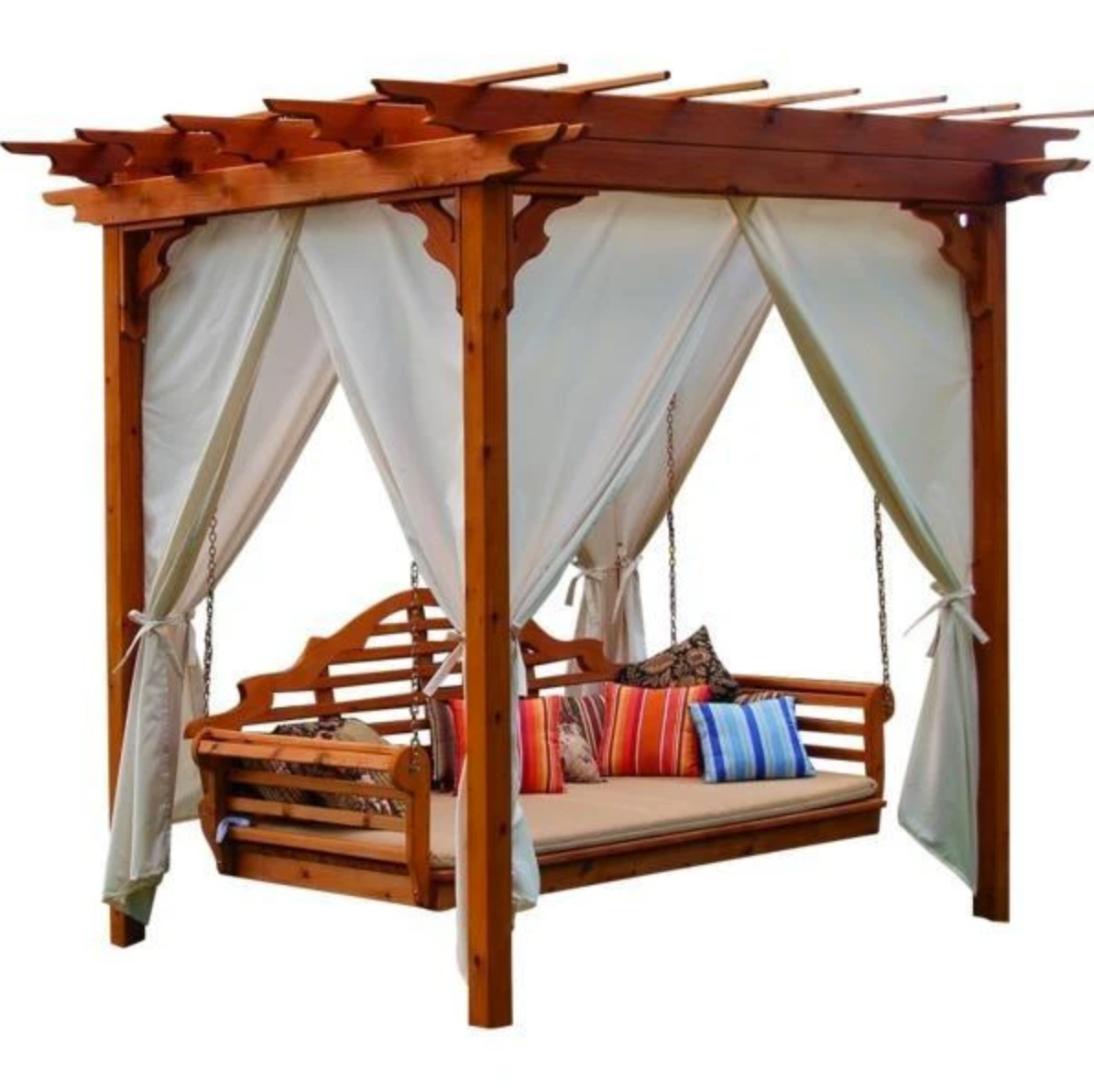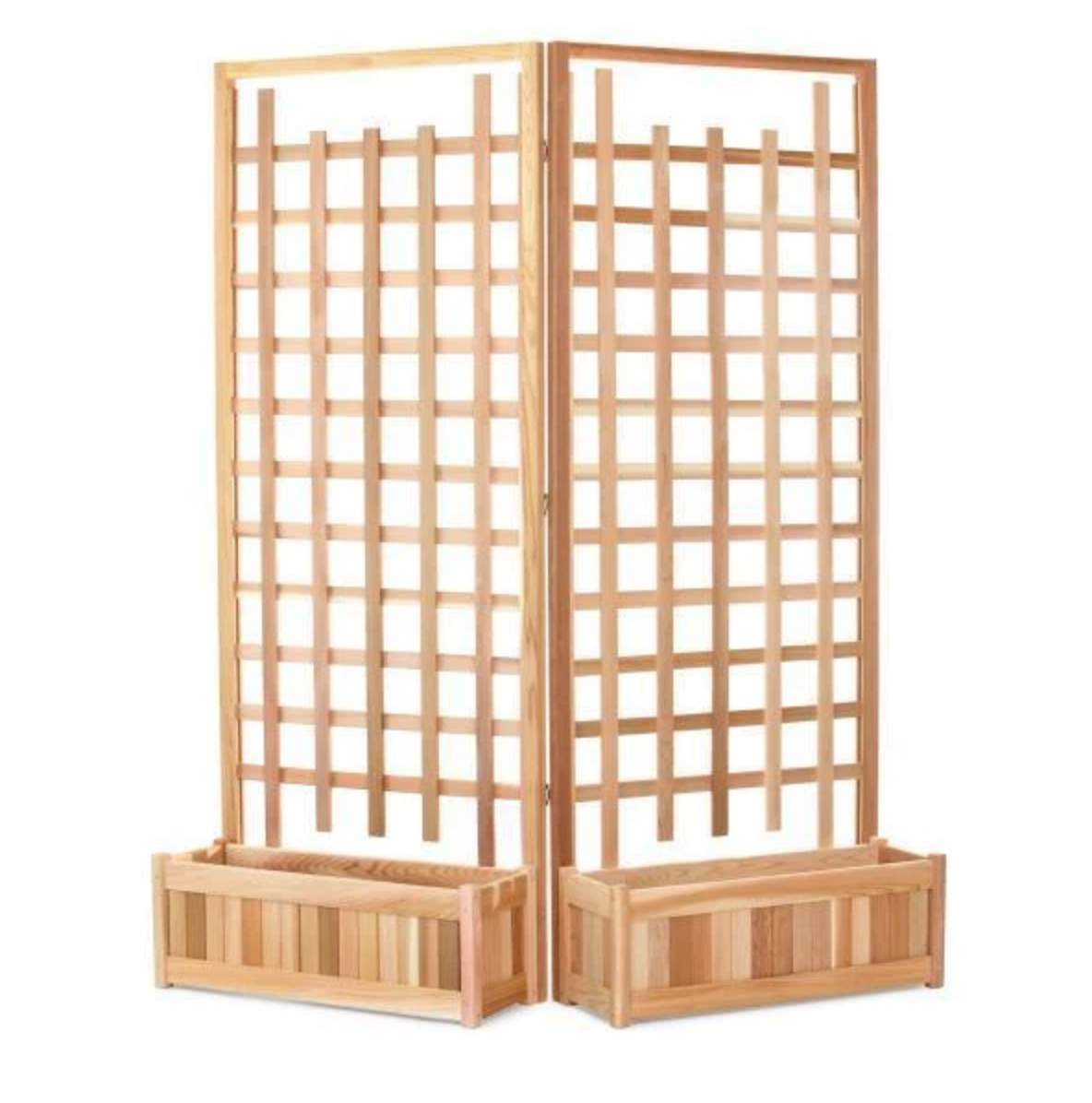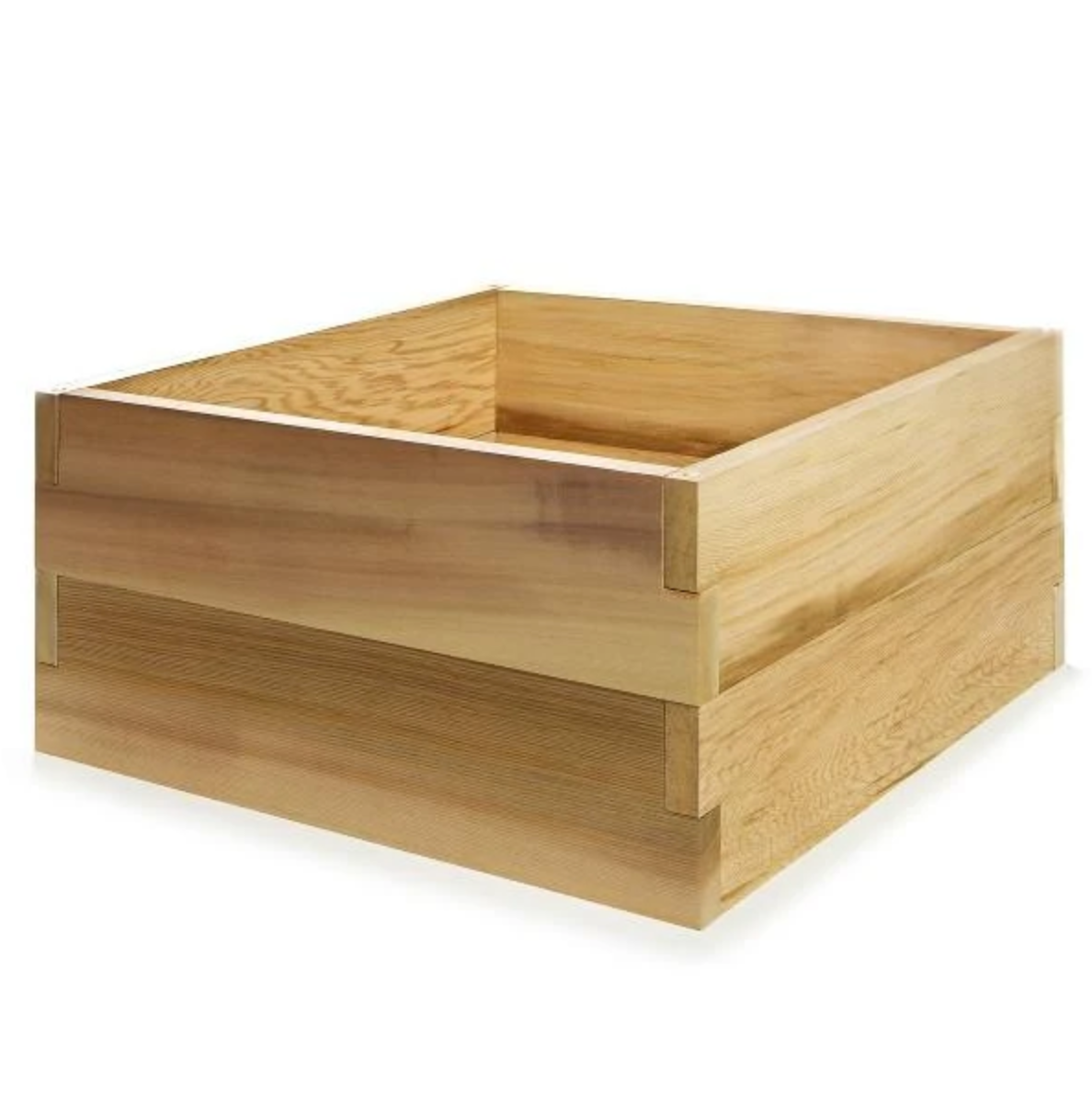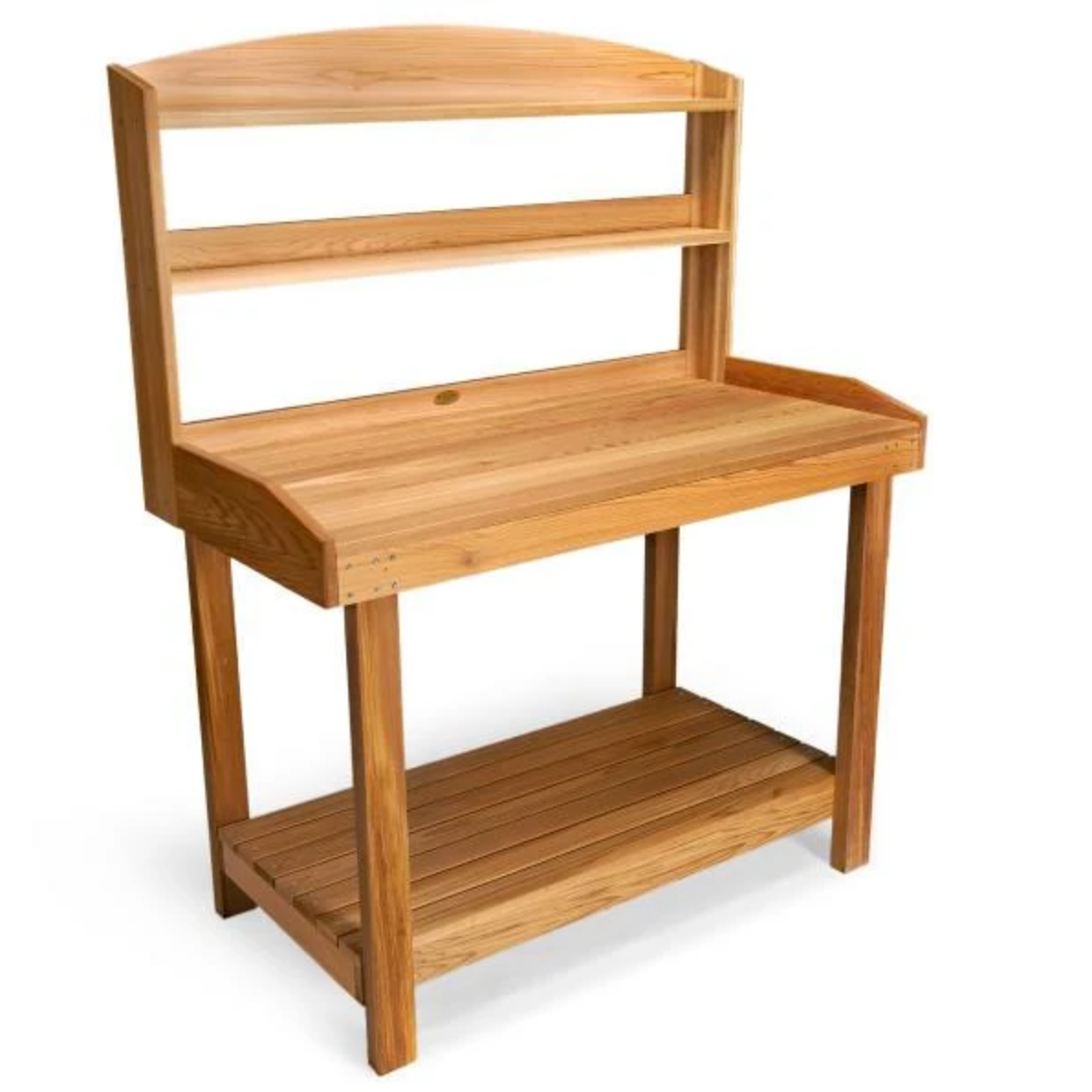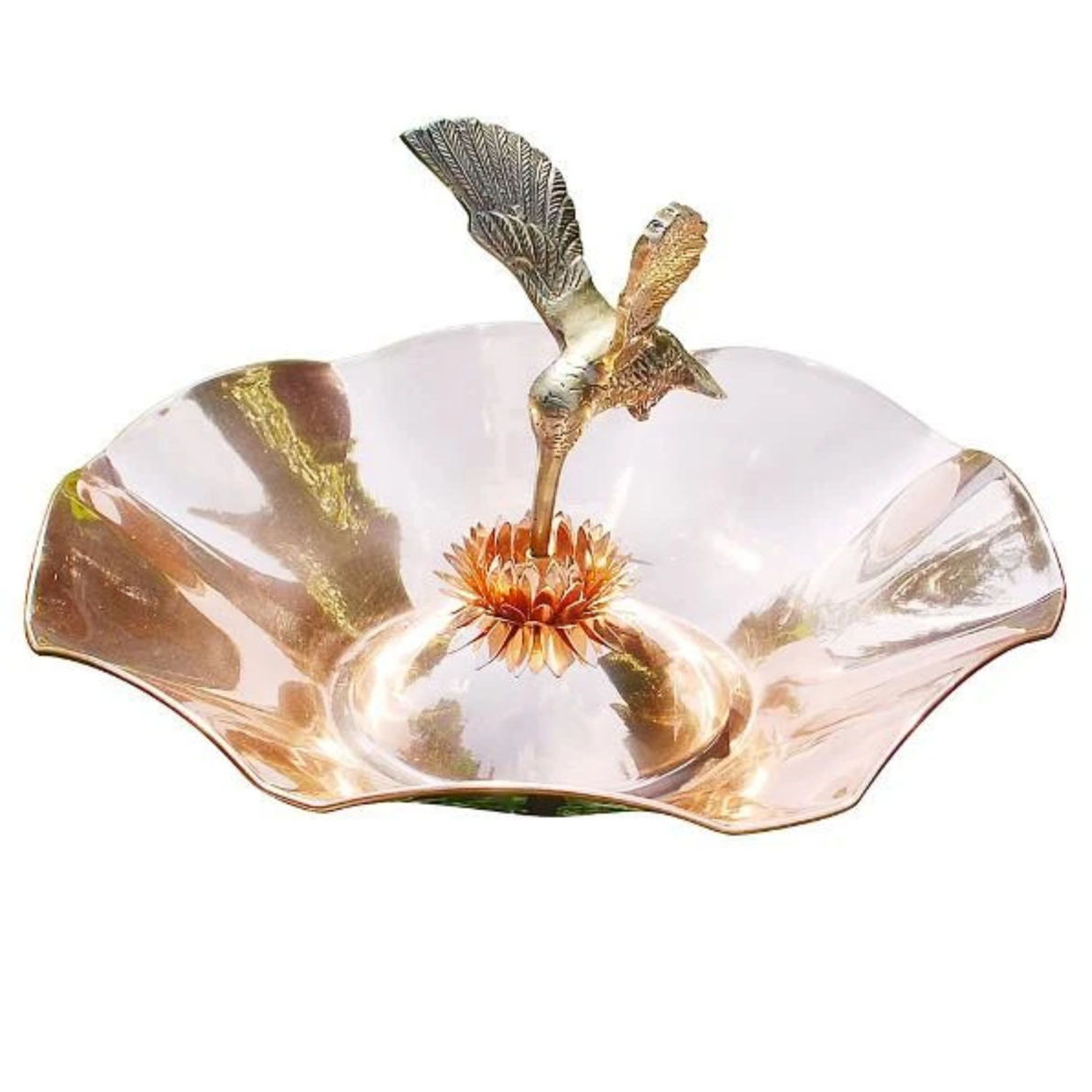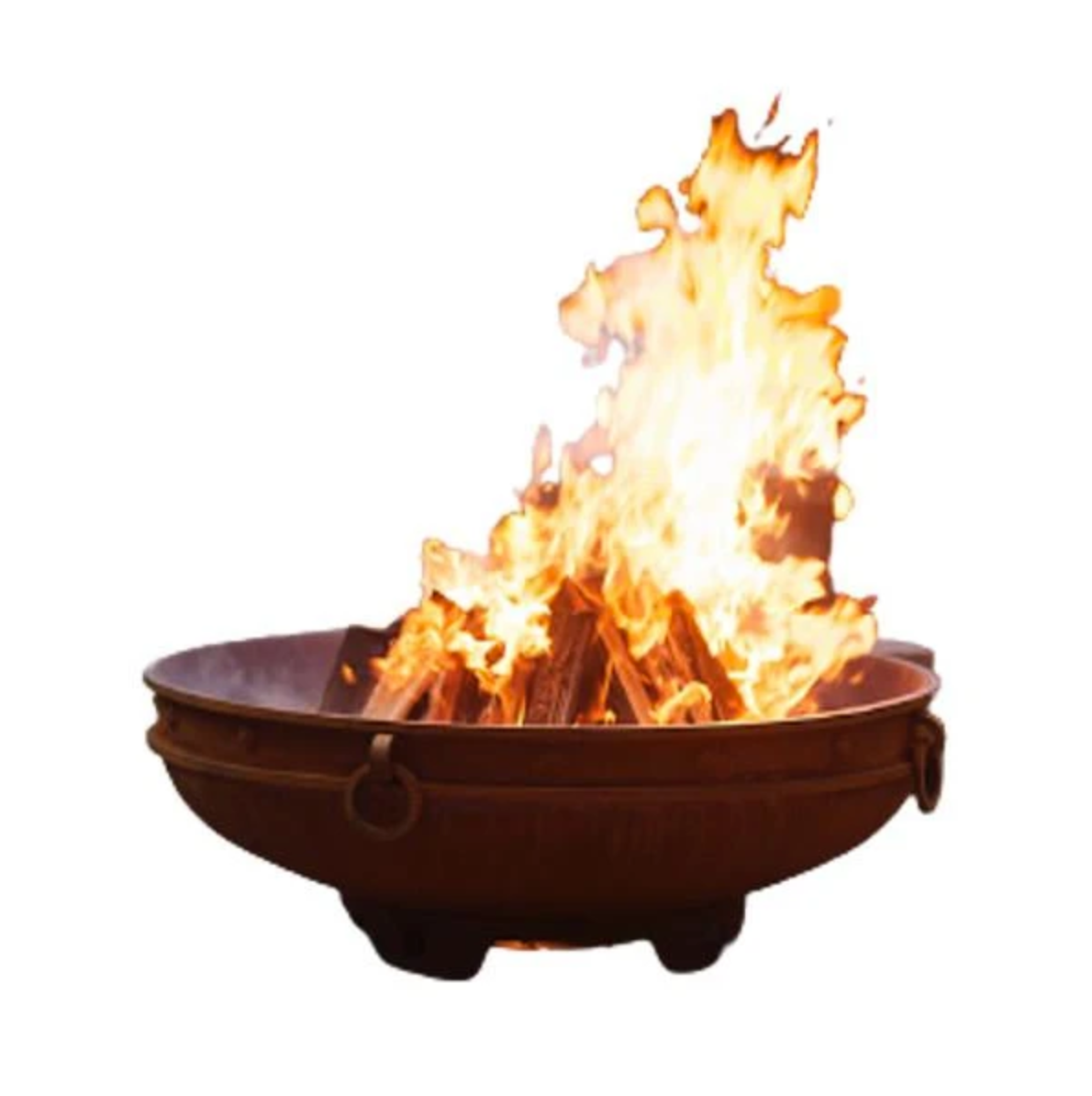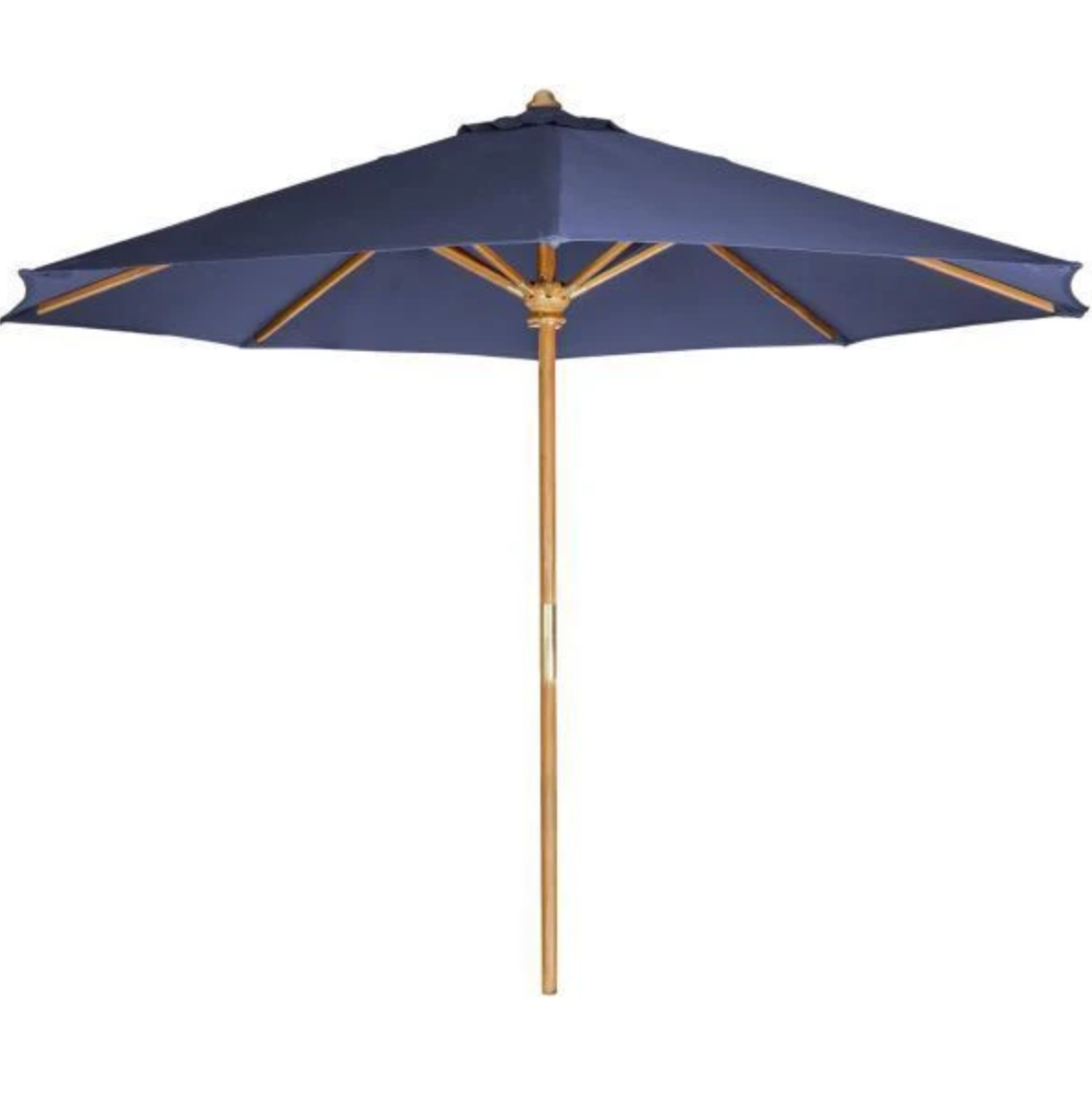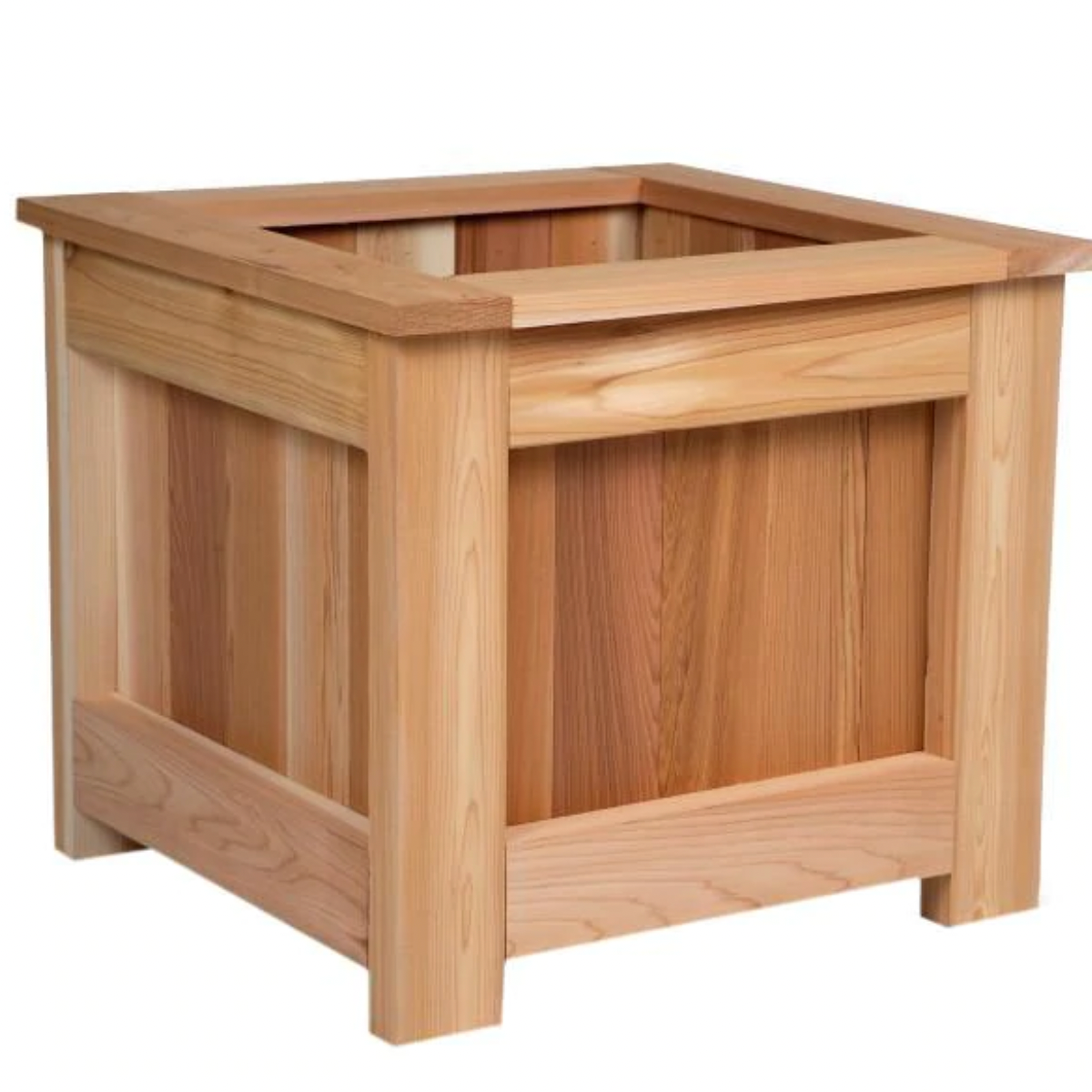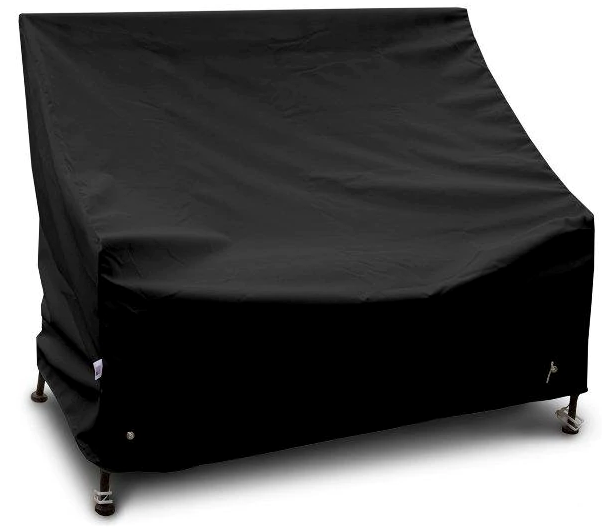Your Cart is Empty
FREE SHIPPING ON EVERY ORDER
Menu

FREE SHIPPING ON EVERY ORDER
Swings
Benches
Tables & Chairs
Home & Garden
How To Winterize Your Outdoor Patio

There are no truer words than Jon Snow’s “Winter is Coming.” While most outdoor furniture can withstand the harsh elements, it is advisable to prep your porch or patio for the cold winter months. As the leaves shed and winter are about to start, it’s time to start proofing your furniture and open-air setting to preserve it and make it last for more seasons. It’s a necessity, but it can also keep you occupied during those weekends where it’s too cold to go outside.
Tips You Can Follow to Winterize Your Outdoor Patio
1. Take Down Umbrellas and Awnings
Give your umbrellas and awnings a good cleaning before you store them. A good dusting can get rid of dust and dirt, but if your umbrellas and awnings have stains, you might need to wash them before storing it in a dry area. Umbrella fabrics should be cleaned with a gentle soap like dish soap with warm water. If there are tough stains from mildew or tree sap, check the label first if bleach is an option. Do a patch test sample on a hidden area of the material. Awnings and umbrellas made of vinyl can use the same cleaning solution used on convertible car tops.

Wipe down wooden frames with mild soap and water or diluted white vinegar for aluminum frames. Always air dry your umbrellas and awnings before folding and storing.
2. Clean, Inspect, Repair and Store Outdoor Furniture
Take this time to assess any damages on your outdoor furniture. For teak or other wooden furniture, you may want to check for any signs of peeling or cracked wood. You can ask a professional to sand and seal it, or if you’re an avid DIYer, you can also use this time to smoothen, seal or give your wooden daybeds a fresh coat of paint or a new wood stain.
For slipcovers, hammocks, and cushions, wash, dry, fold, and store them in a dry place. You can also take it to your nearest dry cleaners for quick cleaning. Outdoor cushions and fabrics are breeding grounds for mold and mildew, so it’s a must to clean it thoroughly before storing.
For other furniture beyond repair, this may be the best time to score some great discounts on new outdoor furniture.
3. Clean your Outdoor Kitchen
Give your kitchen a good scrubbing to prevent manifestations of different food bacteria. Clean your grill thoroughly by firing it up to burn or melt any remaining oil or residue. Clean any grease and let your kitchen dry. Cover all appliances if these are not movable.
4. Keep or Store Away Breakables and other Accessories
Items like ceramics, terracotta pots, and garden gnomes should be kept and hidden during winter to avoid freezing and breaking. Keep it out of the way where snow will likely collect and bury these items. For non-breakable items like buckets or watering cans, turn it upside-down so it won’t collect water and freeze.
Keep all hoses drained and dried before rolling it neatly and storing it away with your other gardening tools in a shed. Don’t forget to shut off pipes that lead to the faucets outside. Disconnect all connections from your outdoor faucet.

5. Weatherproof your Patio
Freshen up your patio by power washing everything. If you have wooden floors, you can choose to sand and seal it in advance before springtime. Check for loose nails or sagging boards to avoid possible accidents.
You can hire a professional to seal off your patio with a temporary patio enclosure to keep away rain, snow, and wind. This can make it possible for you and your family to use your patio benches and swings during winter. Stock up on firewood if you have a fireplace located on your patio. Exchange screen doors with storm doors and check that your weatherstripping is dead tight to prevent cold drafts from coming in.
6. Don’t Forget your Plants and Birds
If you have small potted plants, you can choose to bring them inside to protect them. Other garden plants that will remain outdoors will benefit from a frost blanket. Place stakes for the blanket to drape over, and don’t forget to remove it in the morning. You can also produce a greenhouse environment for your plants by using a cold frame.
A cold frame is a glass-topped frame that traps and retains heat and moisture for your plants. Each plant is different, so do some research on the type of plants you have and learn how to protect it during the winter. If you have tall trees near your patio, prune broken limbs and keep an eye out for weakened trunks that could be dangerous during winter storms.
Remember your feathered friends and leave out some bird feed for them. Use feeders designed explicitly for winter so that it won’t collect snow and, at the same time, protect from the storm.
7. Decorate for Fall and Winter
These cold months can be drab and lonely, but just because you’re keeping everything away doesn’t mean you can’t put a little color on your patio. One idea is to grow windbreak plants. These are plants that create barriers to protect from harsh winds. While this may take some time to grow, it’s worth checking it out to provide reliable insulation and protection.
Talk to a professional landscape designer or your local plant nursery to see which plants can survive winter. Create colorful winter planters to bring color to your space. You can even put a small natural Christmas pine tree that will last as these can survive the cold temperature. Months ahead of fall, look at what type of winter plants you can grow and breathe life into your garden.
As much as it is an inconvenience to prep for winter, planning will protect your patio and keep you occupied while giving your furniture the cleaning it deserves. Come spring, it will lessen your chores when it’s time to take out your outdoor furniture again out in the open.
Also in News
US
United States
Jan 01, 2026 19:08
Product Tag :
Product Collection :
×
